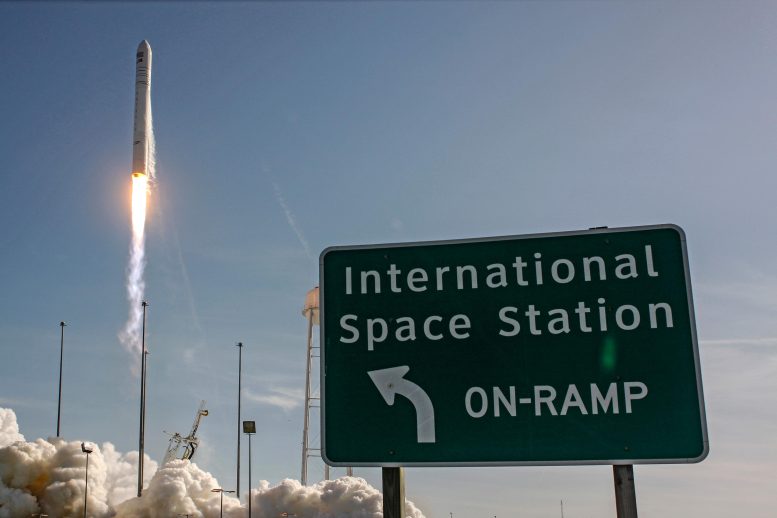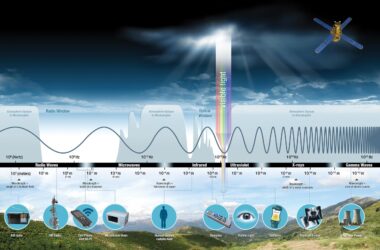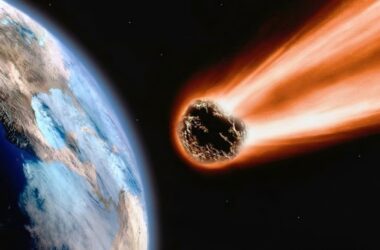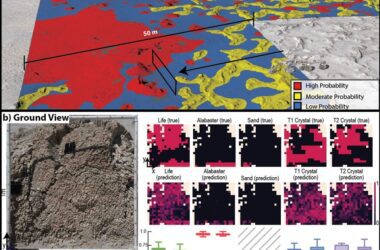
Le cargo spatial Cygnus est photographié en train d’être lancé au sommet de la fusée Antares depuis la Virginie vers la station spatiale en avril 2019. Crédit : NASA
Une fusée américaine transportant le cargo spatial Cygnus de Northrop Grumman fait le compte à rebours avant son lancement vers la Station spatiale internationale samedi. Pendant ce temps, le vaisseau cargo russe Progress 80 a terminé une mission de livraison de deux jours dans l’espace à l’équipage Expedition 66 tôt jeudi.
Une fusée Antares se trouve sur le pas de tir du Wallops Flight Facility en Virginie, prête à mettre en orbite le vaisseau cargo Cygnus samedi. Elle décollera à 12 h 40 HNE et placera Cygnus, transportant plus de 8 300 livres d’équipement de la station et d’expériences scientifiques, dans l’espace environ neuf minutes plus tard. Une fois sur orbite, Cygnus déploiera ses panneaux solaires UltraFlex en forme de cymbales qui alimenteront le véhicule pendant son voyage vers le laboratoire orbital.
;” data-gt-translate-attributes=”[{” attribute=””>NASA Flight Engineers Raja Chari and Kayla Barron will be on duty early Monday monitoring Cygnus’ automated approach and rendezvous. When Cygnus reaches a point about 10 meters from the station, Chari will command the Canadarm2 robotic arm to reach out and capture the vehicle at 4:35 a.m. Ground controllers will then take over the Canadarm2 and remotely install the U.S. cargo craft to the Unity module a couple of hours later.
Russia’s Progress 80 resupply ship docked to the Poisk module at 2:03 a.m. on Thursday, delivering nearly three-and-a-half tons of food, fuel, and supplies, to the seven orbital residents. Station commander Anton Shkaplerov and Flight Engineer Pyotr Dubrov opened the hatch a few hours later and began unpacking the cargo that had launched from Kazakhstan just over two days earlier.
Despite the busy cargo schedule this week, biomedical science was in full-swing on the station today. Barron joined NASA astronauts Thomas Marshburn and Mark Vande Hei investigating how weightlessness affects visual function. Chari partnered with ESA (European Space Agency) Flight Engineer Matthias Maurer and checked his eyes using medical imaging gear.



